
Subhead
Keeping Chickens Safe From Predators

TABLE OF CONTENTS
A radio also helps add some protection against nighttime predators. The sound of a human voice tends to make predators wary and at a safe distance.
That you for this article. We lost one of our 15 week old Plymouth rocks yesterday and the kids and I are devastated. We allowed them to free range and were naive in thinking a hawk wouldn’t get them. We caught the hawk in the act. We are now going to build a large run to keep them in. We don’t want to live in fear, however feel we need to be responsible in how we keep them. You mentioned that “Simple bird netting or plastic poultry netting will suffice over the top to keep the raptors out and also work to keep any wayward chickens in” or to use fishing line to deter them. I’ve read sad stories about how Hawks still get through the bird netting and am scared that will happen to us. Any advise??
Hi Sarah, We are so sorry to hear of your loss. To more info on predator management, we refer you to this excellent cooperative extension page. See the section on the page, "Actions to Prevent Predation."
Suggestions for dealing with bears preying on the chickens?
Bears are a tough one, since they can get through barriers most smaller predators can't. If they visit your area regularly, consider putting an electric fence around your chicken run and coop. That typically is enough to deter them, especially smaller black bears. Additionally, be sure to store your chicken feed securely, as the scent may be what's initially attracting bears to your property.
This is a good article which is well written, and so true. I lost the battle with predators and therefore have no chickens, anymore. Outside dogs would probably keep them away like they used to when I was a growing up. Just about everything likes chicken.
You mention poultry netting is good for aerial attacks. However, you also mention that raccoons will climb the fence. Do you recommend something stronger for the raccoon attacks from up top? Do you trust poultry netting for this type of predator attack?
My chicks are in the their coop at night, locked in tight and out during the day for reference to my question.
Thank you!
We lost 10 chickens yesterday (or nine and 1/2 )as one is holding on by a thread. Midday massacres which seem to be increasing as Fall settles in or perhaps they are hungry and more bold. I like the suggestions about the coops and surroundings being fortified with wire that goes underground for fast diggers. We thought we had found the solution of playing NPR throughout the day for entertaining the chickens and discouraging the foxes, but yesterday it did not work. Perhaps the radio was playing too softly. Open to other ideas...and learning to tolerate the notion that the world is not always save and that critters need food too.
Well it’s been four years we have had four chics great girls , fun and well now down to one . Mr Fox has gotten two this morning as I was taking the puppy out. I witness the take down. Then realized there was nothing I could do . This was early morning around 6:45 am our first girl was taken in the middle of the night sign circle of life .
I 100% disagree with advising against free range stating its dangerous to the flock. I live on a large farm, my 'girls and 2 roosters' have free range, put themselves to bed around dusk, stay close to home on their own and I never allow them to be butchered. They are layers and I sell their good eggs. The youngest girls and 1 rooster are 5 years old and the other girls and the other rooster are nearly 12 years old. They lay plenty of eggs, are my pets and know they may live out their lives until natural death. I talk to my flock, call many by name. I have never lost any to preditors and I do not baby sit them when I open the gate each morning. I lock the gate at night. During rain or winter storms I don't let them out but other wise they are allowed to roam the farm. I taught them to stay away from the road with a squirt bottle of water. They hate getting water spritzed at them. I would chase them closer to home, scolding to get back up the yard and spritzing water the whole time. It wasn't long until all I had to do was show the water sprayer and say, get back up here and they would come running back. Now they don't go near the road.
- « Previous
- 1
- 2
- …
- 10
- Next »

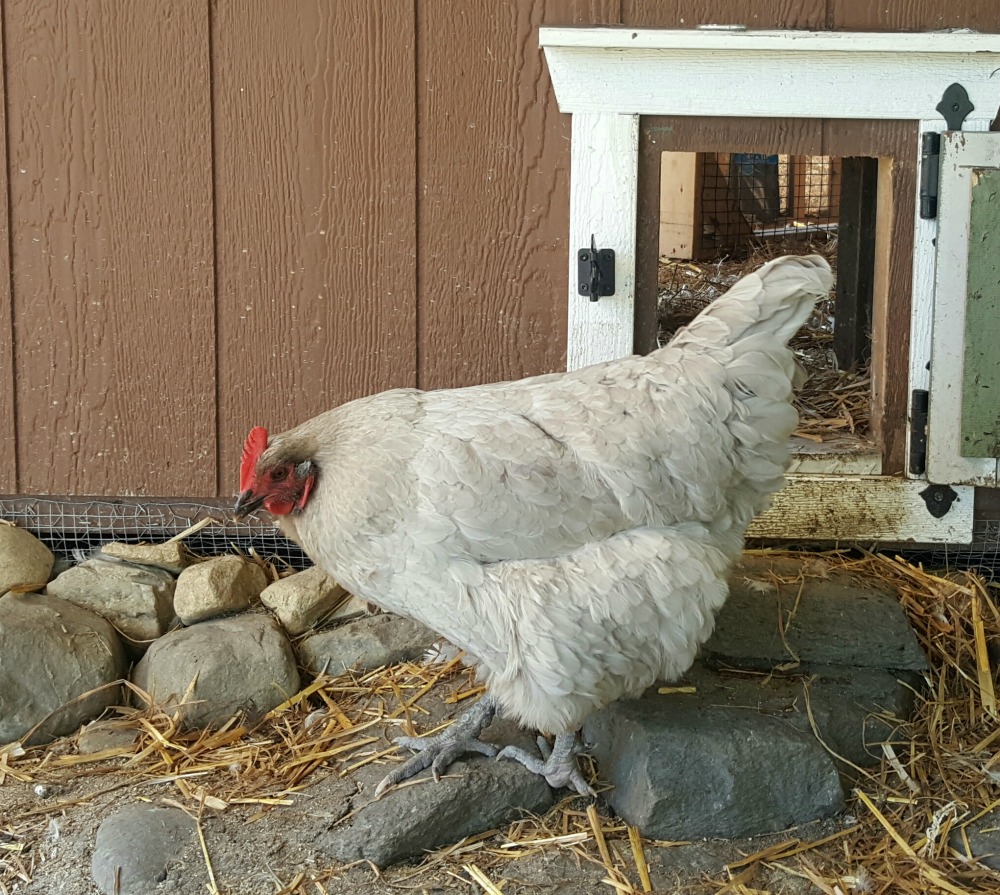
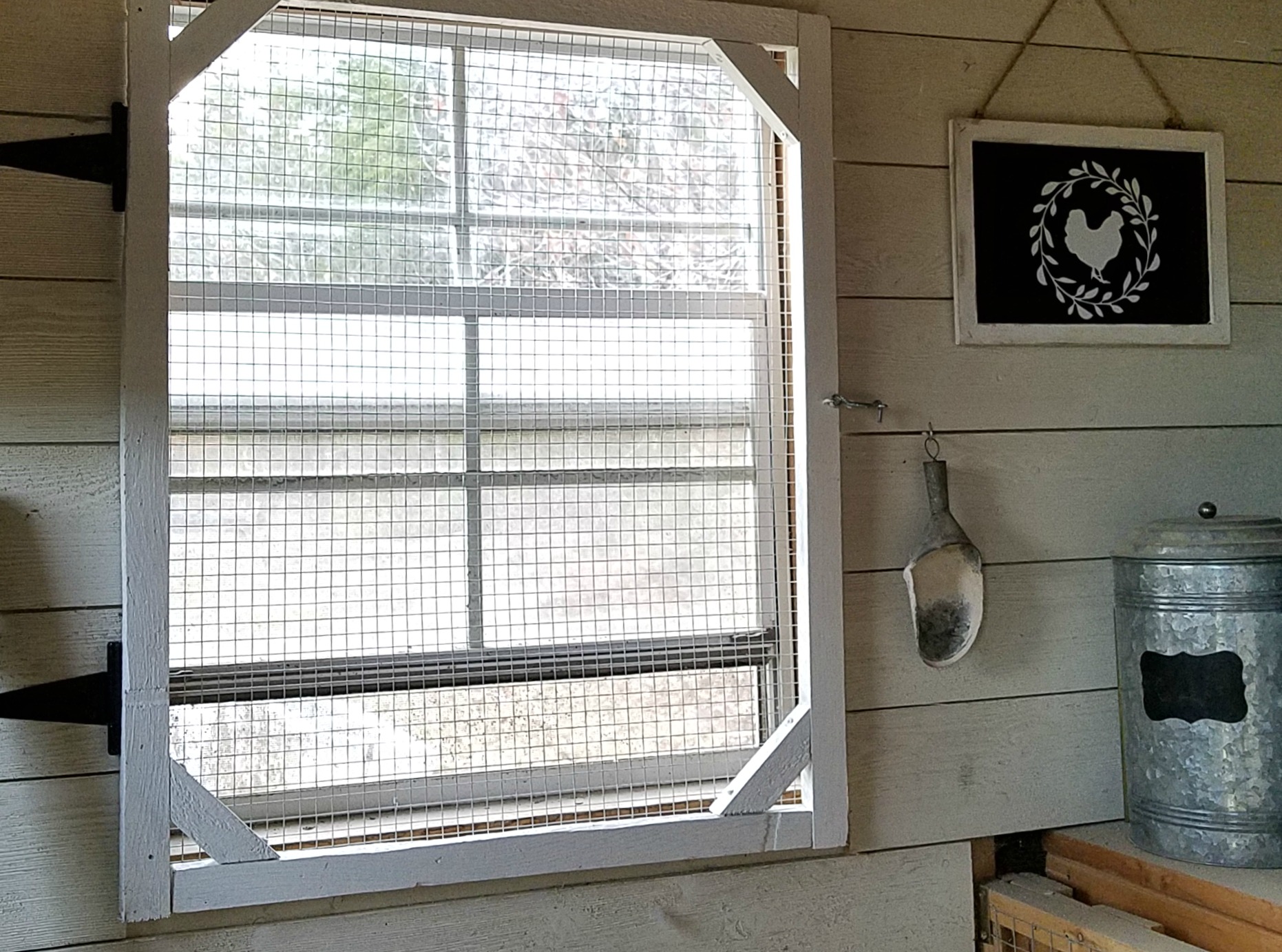
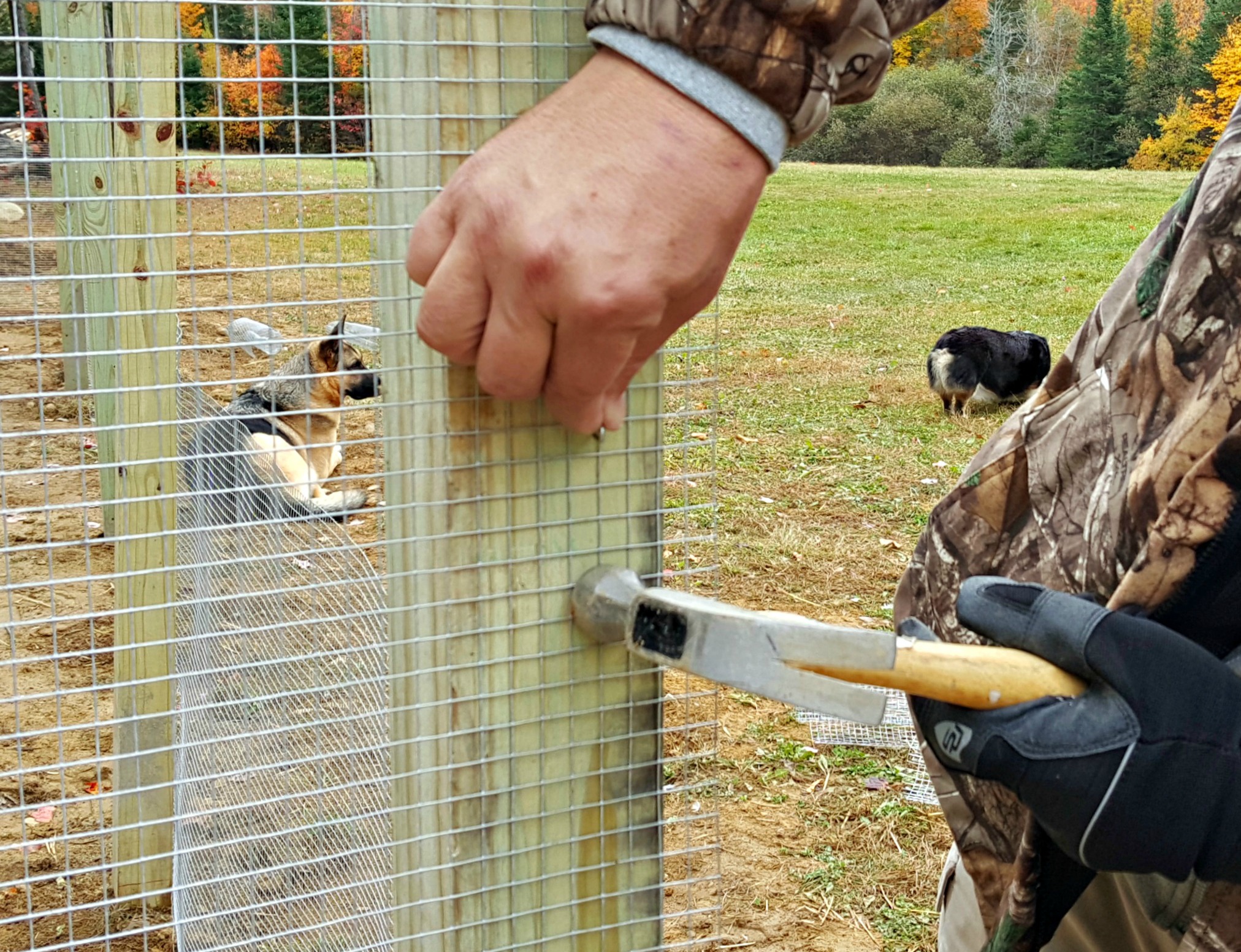
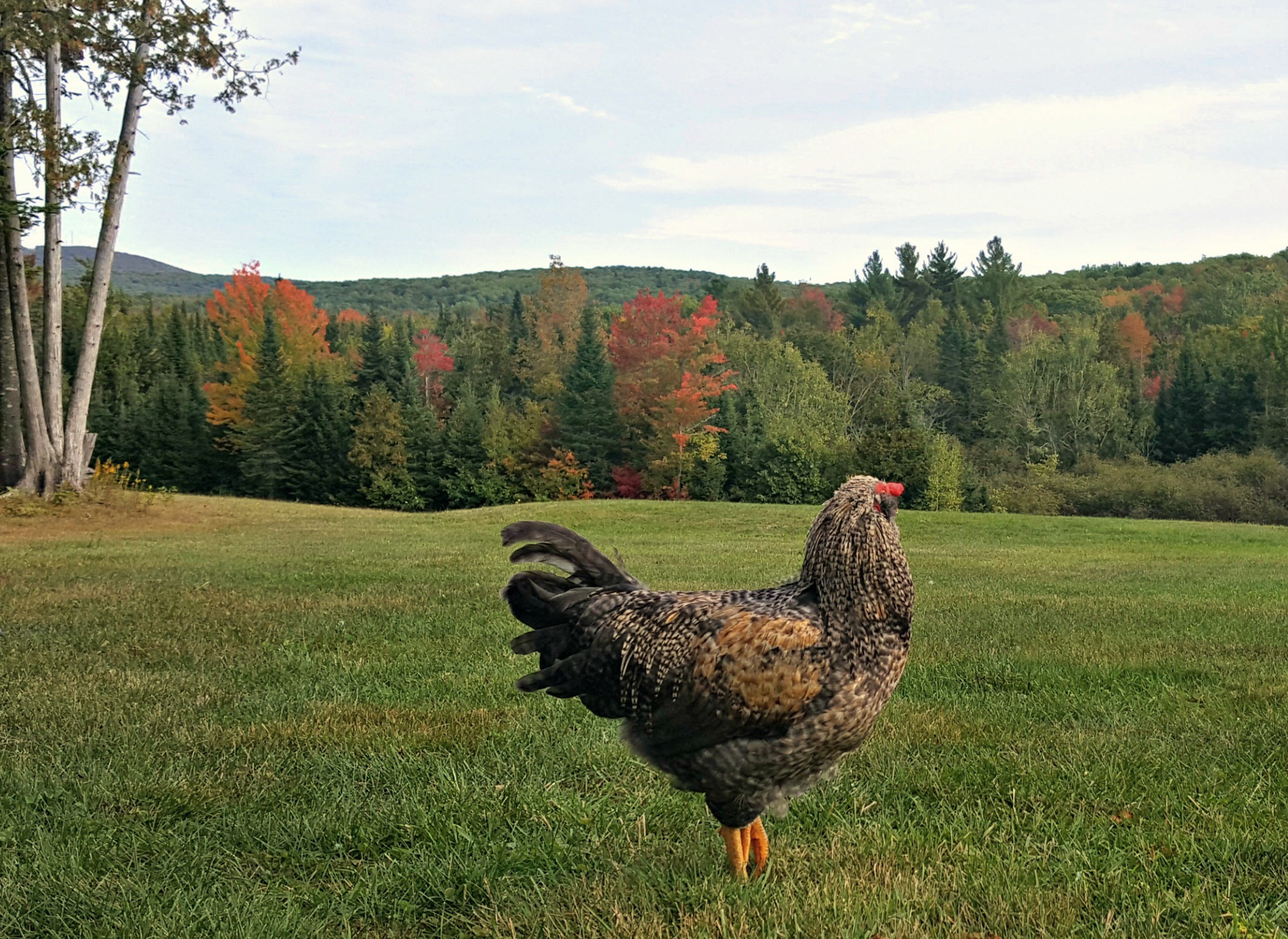
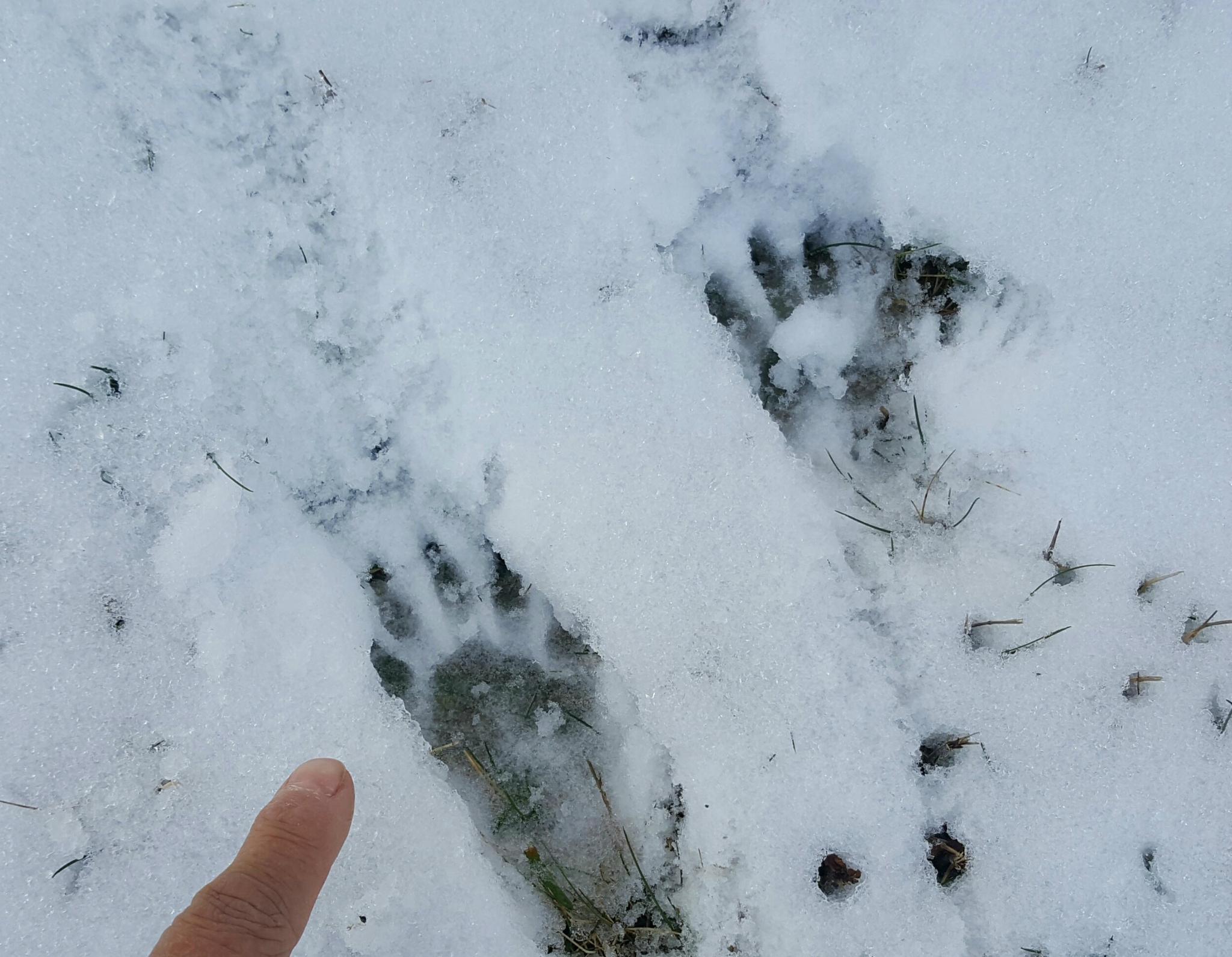
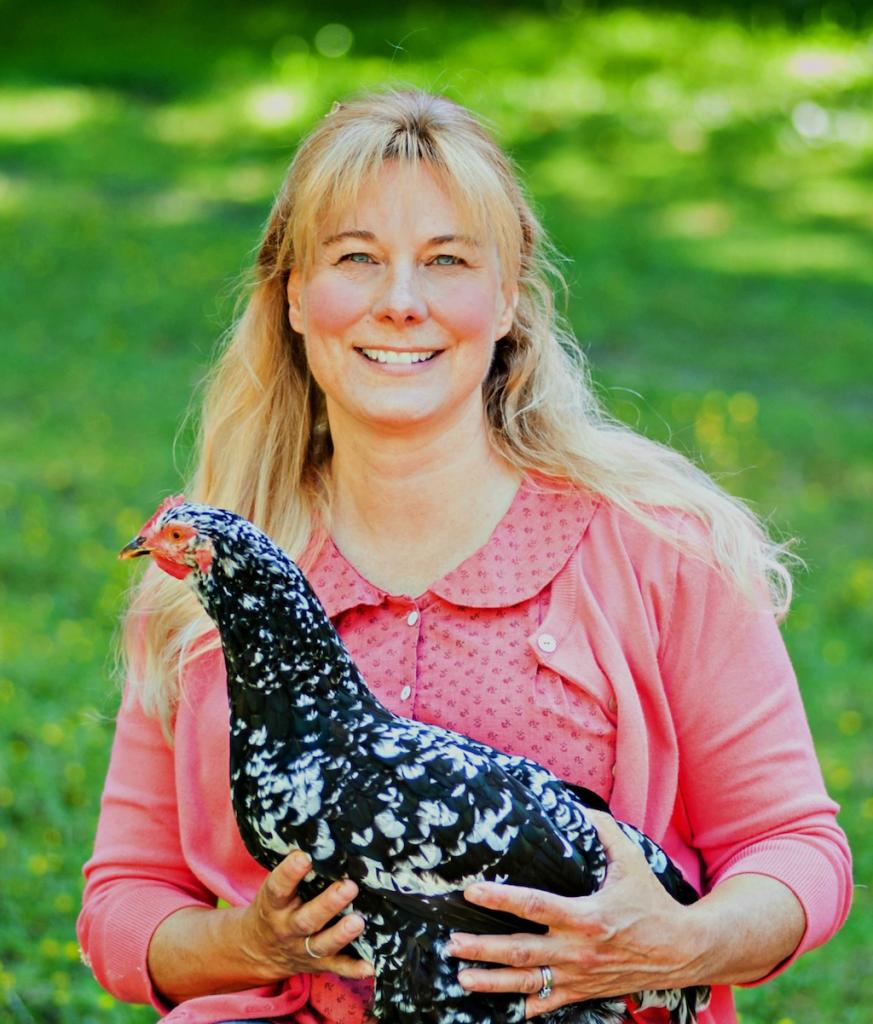





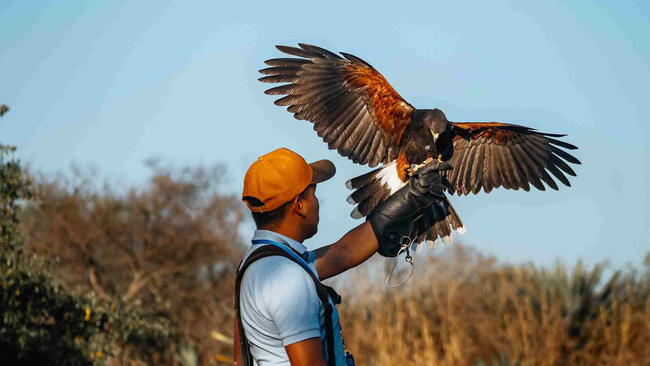


Comments